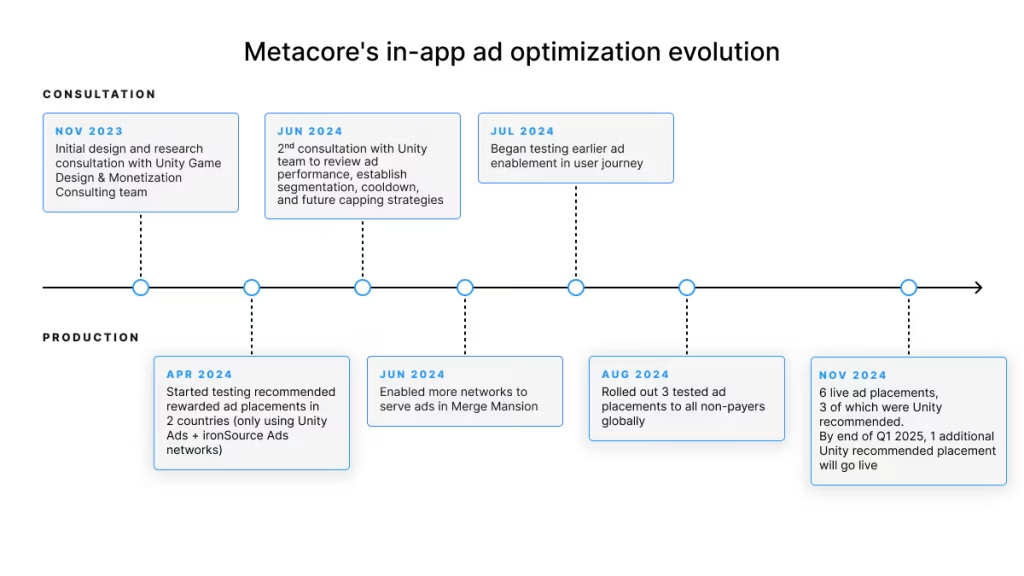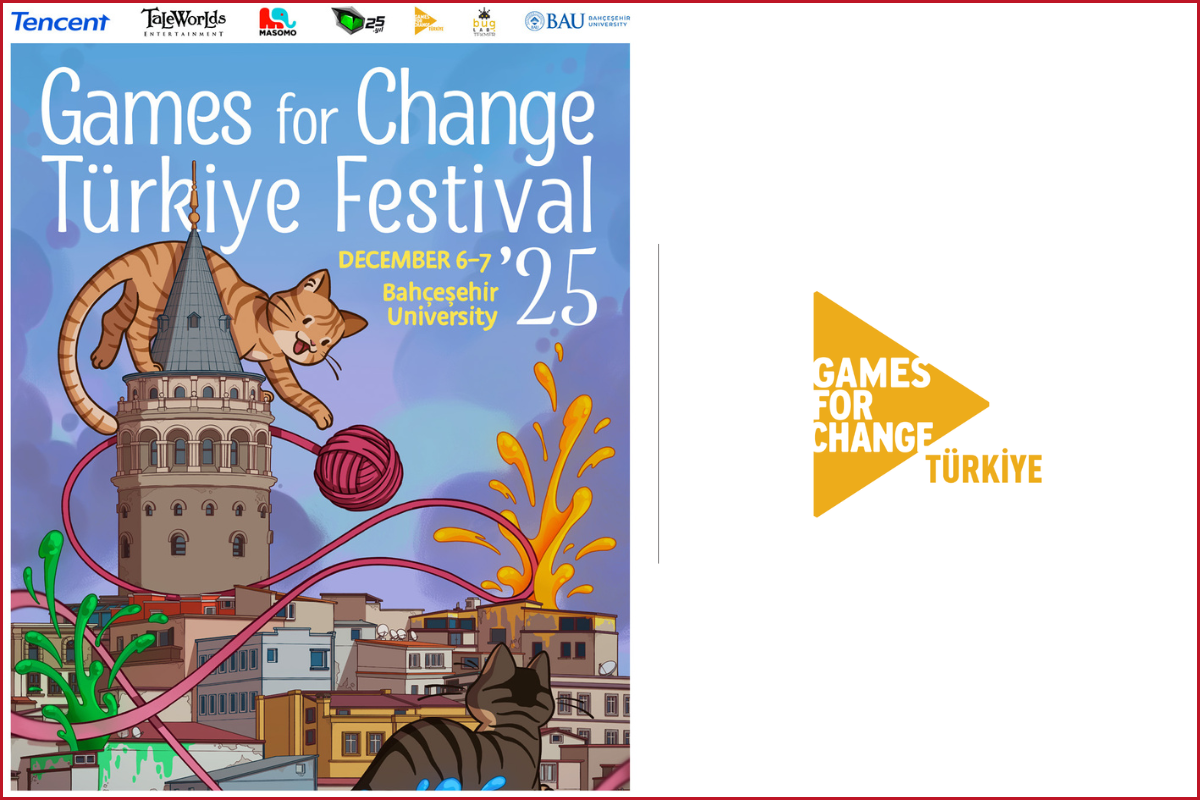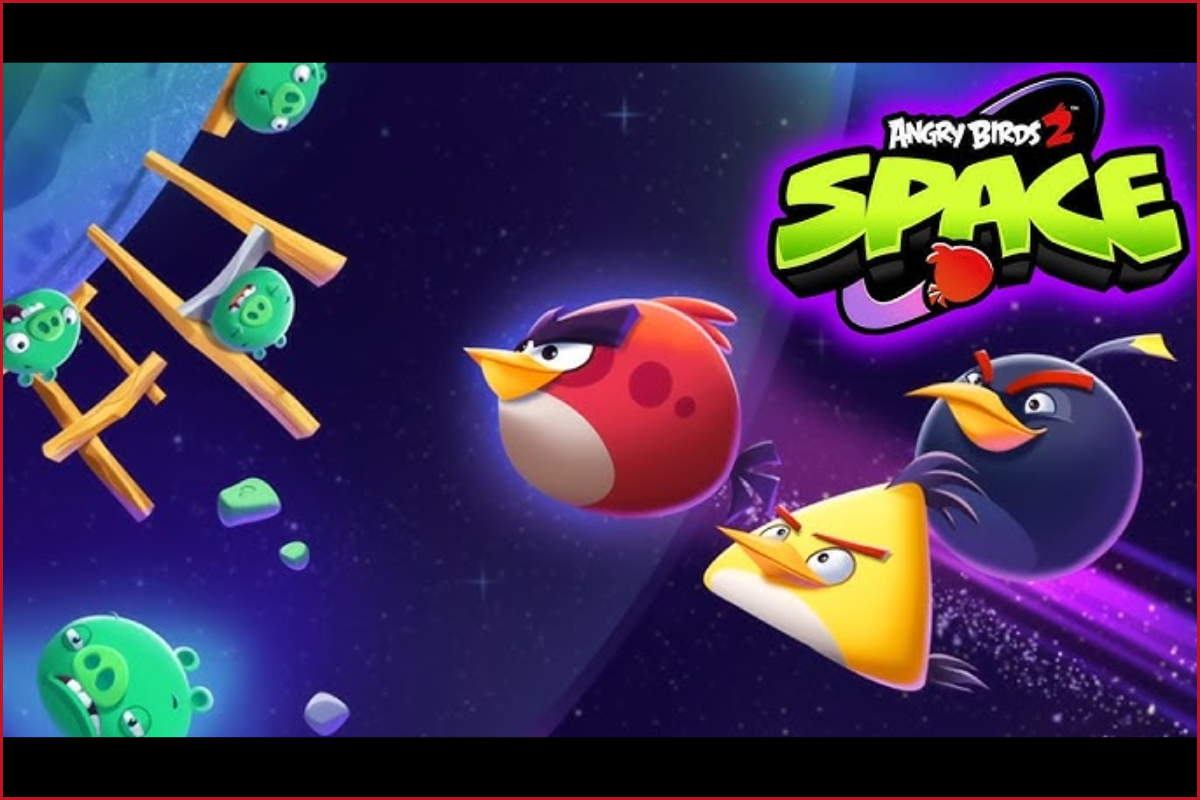In-game advertising remains one of the most debated components of mobile game monetization, often surrounded by long-standing misconceptions that limit its potential.
Franco Spina, Unity’s Senior Manager of Game Design and Revenue Consultancy, examines these misunderstandings and explains how thoughtful, player-centric ad design can elevate both retention and revenue.
Despite in-game advertising fueling the growth of many top-grossing mobile titles, persistent myths continue to cloud its reputation among developers and publishers. It’s time to challenge these misconceptions and spotlight how smart monetization strategies can deliver value for both players and studios.
Common ad myths debunked
Myth 1: All ads hurt player experience and retention. The truth is, poorly implemented ads hurt player experience. Interstitial ads every 30 seconds or forced interruptions are indeed detrimental. However, player-centric ad design, offering clear value at natural breakpoints, can improve retention by helping non-spenders progress.
Myth 2: Only whales matter for monetization. While high-spending players are invaluable, they’re a small fraction of your player base; most players never make an IAP. Ignoring these “non-payers” is leaving significant revenue on the table. Strategic ad implementation allows you to monetize these players, converting their time and attention into revenue, increasing the LTV (Lifetime Value) of your entire player base.
Myth 3: Ads and IAPs cannibalize each other. Quite the opposite. When executed correctly, ads and IAPs can create a powerful synergy. Rewarded video, for instance, can introduce players to the value of premium items, currency, or power-ups that they might otherwise never experience, serving as a marketing tool for your IAPs. It educates players on the “why” behind spending, potentially converting them into purchasers.
Myth 4: Offerwalls are only for low-quality games or aggressive monetizers. Thoughtfully integrated, offerwalls are a long-term value engine. They cater to “deal-seeking” players who prefer to invest time rather than money, offering the user a way to earn currency, items, or gain access to additional content. They work not only as a monetization tool but also to drive retention and deepen engagement.
The real challenge isn’t whether to use ads, but how to integrate them intelligently and strategically into your game’s economy and player experience.

Ad formats reimagined
Each ad format offers unique opportunities when viewed through a player-centric lens:
1. Rewarded Video (RV): the engagement powerhouse: RV is arguably the most player-friendly ad format, always an opt-in, and offers a clear value exchange.
- Best practice: Position RVs not just as a bonus, but as a meaningful choice within core gameplay. Think “watch ad to revive,” “double your loot,” or “access a rare daily chest,” making the ad feel like a strategic decision, not an interruption.
- Impact: Drives longer sessions, higher engagement, and can boost IAP conversion by letting players “sample” premium content or accelerate progress.
- Tip: Cap frequency to prevent fatigue. Ensure rewards scale with player progression so they remain valuable to both new and veteran players.
2. Interstitials and Banners: passive monetization with a purpose: These often-maligned formats can effectively monetize non-paying users, particularly those with low purchase intent but high retention.
- Best practice: Use them at natural breaks in gameplay – between levels, on a “game over” screen, or during a loading screen. Never interrupt critical moments.
- Strategic use case: Primarily target your high-retention, low-LTV cohorts. These players enjoy your game but are unlikely to spend, making them ideal candidates for passive ad monetization.
- Trade-offs to manage: It carries the highest risk for player churn. A/B test to find the optimal frequency and placement that maximizes revenue without sacrificing retention for your specific audience segments.
3. Offerwall: driving long-term value: Offerwall can be a powerful tool for players looking to earn significant in-game currency by completing external tasks.
- Best practice: Introduce an offerwall after a player understands the game’s economy and has clear goals. Integrate them cleanly within your in-game store or a dedicated “earn currency” section.
- Ideal games: Games with robust economies and deep progression where hard currency has clear, aspirational uses (e.g., unlocking heroes, upgrading rare items, speeding up builds).
- Monetization impact: Appeals to dedicated, deal-seeking players, funding major hard currency purchases and accelerating long-term progression without direct spend.

Image Credit: Unity
Segmentation: the unifying principle for ad success
One size fits none in modern in-game advertising; a blanket strategy risks mediocrity or disaster. The key to unlocking true ad revenue potential while protecting player experience lies in behavioral segmentation.
Leverage your player data to:
- Suppress ads for your payers: Your whales and high-propensity spenders should have a premium, ad-free experience; their value lies in IAPs.
- Boost ad exposure for low-pay-propensity users: These players are unlikely to convert to IAP but are still engaged. Offer them valuable ad options.
- Tailor ad rewards: Provide rewards relevant to a player’s progression and needs. A new player might value extra lives, while a veteran might prefer rare upgrade materials.
Constantly A/B test different ad frequencies, placements, and reward structures across your segmented cohorts. Use LTV modeling to understand the impact of ad strategies on different player groups, optimizing for long-term value, not short-term gains.
Conclusion
Strategically integrated in-game ads can significantly enhance a game’s economy and player experience. Rather than interruptions, top F2P games use player-centric ad design to provide value, choice, and smoother progression. This approach turns ads into meaningful elements that support engagement, education, and ecosystem balance, helping grow and diversify the player base.

Franco Spina
Senior Manager, Game Design & Revenue Consultancy




